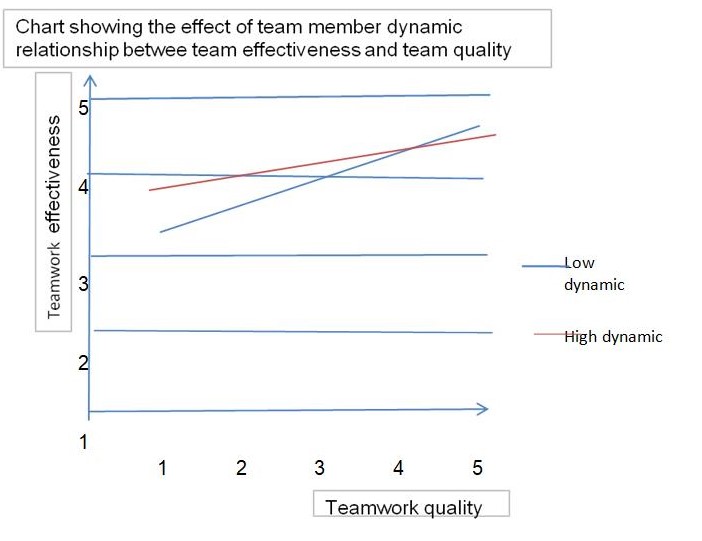Introduction
Currently, the business environment has become very challenging. This has arisen from the dynamic nature of both the macro-environment and the microenvironments. Some of the macro-economic changes that firms are experiencing relate to increment in the intensity of competition, changes in customer tastes and preferences, and economic changes such as the recent economic recession. On the other hand, micro-environmental challenges relate to managerial problems such as poor internal communication.
In its operation, General Motors is experiencing both macro-environmental and micro-environmental challenges. Integration of the concept of organizational design can help a firm to deal with these environmental changes currently and in the future. For example, a firm can be able to respond to environmental changes timely. One of the ways through which organizational design can enable firms to achieve this is by motivating firms to be more innovative so as to develop their competitive advantage. The result is that firms will be able to produce high-quality products in line with the customers’ needs. For innovation to be effective in contributing towards a firm’s competitive advantage, it is critical for organizations to be conscious of market information. One of the ways through which they can achieve this is by conducting continuous market research both in the domestic and the global market.
Considering the unpredictable nature of the business environment, it is critical for firms to integrate the concept of teamwork. According to Jones (2009, p.56), teamwork is an effective strategy for accomplishing organizational projects. This arises from the fact that synergy is attained through employee cooperation. The resultant effect is that a good working environment is created. In its operation, GM is experiencing a challenge arising from poor internal communication. This has limited the firm’s effectiveness in dealing with changes occurring in the external business environment.
Organizational management teams should also consider how to deal with the rise in cultural diversity within organizations. Firms should consider cultural diversity as an organizational asset. Considering the intensity of competition, organizations are being forced to venture into the international market. Some of the markets that these firms are targeting include those in the emerging economies. To regain its market glory, GM should focus on venturing into emerging markets such as India. To be effective in their internationalization strategy, firms should incorporate effective multicultural management concepts. This will result in the organization becoming a more participatory, humane, and productive future.
In developing their organizational design, organizations should also consider integrating the concept of flexibility and change. Organizations should integrate flexibility at three main levels which include operational, structural and strategic levels. This will enable the firms to be responsive to market changes by shortening the time required to make the necessary decision. This arises from the fact that the level of bureaucracy will be reduced. Decision-making in GM is hindered by the high degree of bureaucracy within the firm. In summary, it is possible to re-form and vitalize organizational structure, organizational change, strategy, teamwork, products and services and management style through the incorporation of creative images that enable organizational managers to act in new ways.
New Paradigm in action
Leadership paradigm
To succeed in the business field, it is critical for organizations to be conscious of changes in the business environment. One of the ways through which they can achieve this is by adapting to external changes. Flexible organizational leaders are more effective in transforming an organization to cope with changes. This arises from the fact that they transform a firm into being a learning organization. The resultant effect is that they contribute towards the employees becoming more productive. According to Jones (2009, p.54), effective leadership enhances an organization’s decision-making capability. For example, when incorporating change, leadership can minimize possible problems by ensuring clarity of the necessary details. To be adaptive to environmental changes, organizational leaders must positively embrace the complexity being faced. Additionally, leaders must be open to the insights arising from the different metaphors. They should also use these metaphors in developing their capacity to cope with emerging business challenges. The nature of organizational leadership determines the effectiveness of its organizational structure. Integration of a new culture, management training, and effective leadership lead to the creation of a learning organization. The result is that such a firm is able to create change and the desired synergy.
Within the business environment such as in the case of General Motors, the holographic approach is the best image that can be used to illustrate the concept of organizational design. This arises from the fact that if organizational leaders do not appreciate the impact of both the internal and external business environment, there is a high probability of the organization failing (Hodgkinson &Ford, 2010, p.117).
Communication paradigm
Communication is a critical element in the success of every firm (Gallos, 2006, p. 5). In their operation, most organizational departments are interdependent. Therefore, their success is dependent on the effectiveness with which they communicate. However, communication can be hindered by different barriers such as differences in perception, language, filtering and ambiguity. Firms’ management teams should integrate a culture of effective communication. One of the ways through which they can achieve this is by ensuring disclosure of information, active listening, and encouraging feedback. In order for a firm such as GM to succeed in the long term, it must incorporate change. However, this change should not be imposed on the employees. It should be communicated effectively to minimize resistance. The course has enabled me to develop a different perception regarding organizations and their ability to deal with the complex nature of the business environment. The metaphors have enabled me to understand that an organization is like a human body that requires all other components in order to succeed.
Life’s flow paradigm
As organizations, develop, it is important for them to change. To be successful, it must integrate a functional structure in order to effectively control all the organizational activities. A poorly implemented organizational design can result in the firm being characterized by a cycle of fear, blame, denial, mistrust and illusion. However, firms have to develop a horizontal and vertical relationship within the firm amongst the various components such as the teams, roles, divisions and functions. The resultant effect is that the firm will be able to motivate and coordinate its employees hence enhancing its ability to attain its goals. In its operation, GM should develop a relationship with its customers. One of the ways through which it can achieve this is by conducting consumer market research so as to understand their needs.
Teamwork is a critical concept for firms within the automobile industry such as General Motors. This arises from the fact that the effectiveness and efficiency within which the firm produces its products are dependent on the level of cooperation amongst the various departments. However, the success of teamwork is dependent on the degree of synergy that is developed. Team membership should not remain static. Additionally, team members should have a wide perspective on their ideas. To be effective in its teamwork, the organization must combine both the high dynamic and low dynamics.

Ethical considerations
Ethics entail the rules, moral values and beliefs within which an organization is established (Morgan, 2007, p.115). In its operation, it is important for the organization to integrate strong cultural values. Some of the cultural values that the firm’s management team should enhance relate to a high level of cooperation amongst the employees within different levels. Additionally, managers should communicate to their subordinates in order to create value for the entire organization. This will contribute towards effectiveness in sharing information which is vital for the firm’s competitive advantage. It is also important for organizations to create ethical codes which all employees should follow.
Conclusion
The new paradigm of system thinking will require organizations to share information amongst their employees. Integration of teamwork is also critical for the firms’ future success. The analysis has also revealed that organization designs will be required to have a high degree of flexibility and change. Additionally, organizational leaders will also be required to create a learning organization so as to enhance the employees’ productivity and also to empower them. Communication has also been cited as a core element firm’s new paradigm of system thinking. It is also important for organizations to be sensitive to changes in the external environment. One of the ways through which they can achieve this is by incorporating a functional organizational structure.
Reference List
- Gallos, J. V. (2006). Organization development: A Jossey-Bass reader. San Francisco, CA: Jossey-Bass.
- Hodgkinson, G. & Ford, J. (2010). International review of industrial and organizational psychological. Oxford: Wiley-Blackwell.
- Jones, G. (2009). Organizational theory, design and change. New York: Pearson Education.
- Morgan, G. (2007). Images of organization. Thousand Oaks, CA: Sage Publications.

